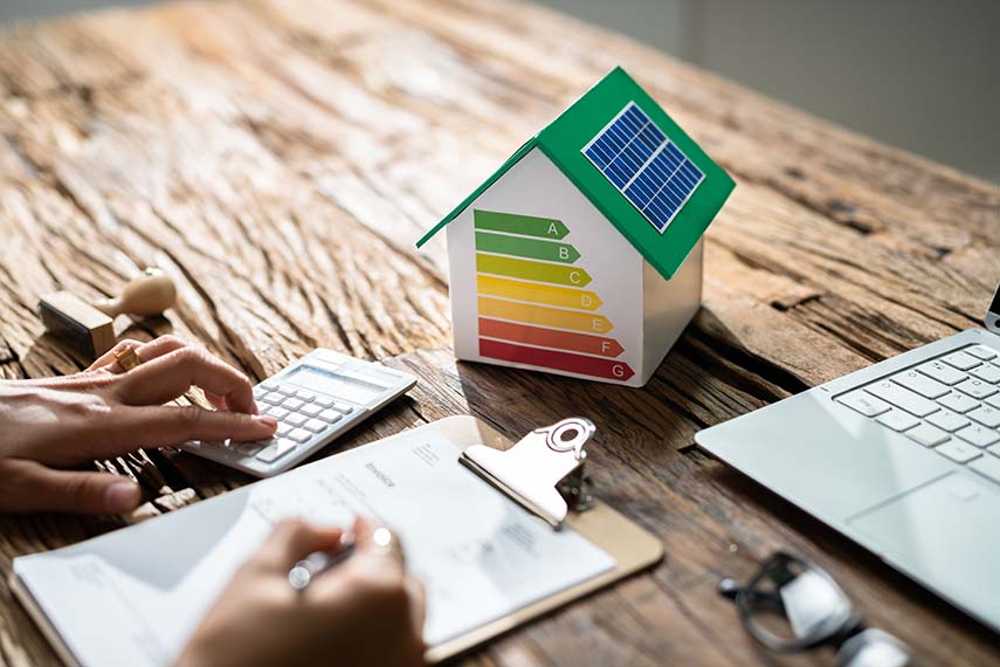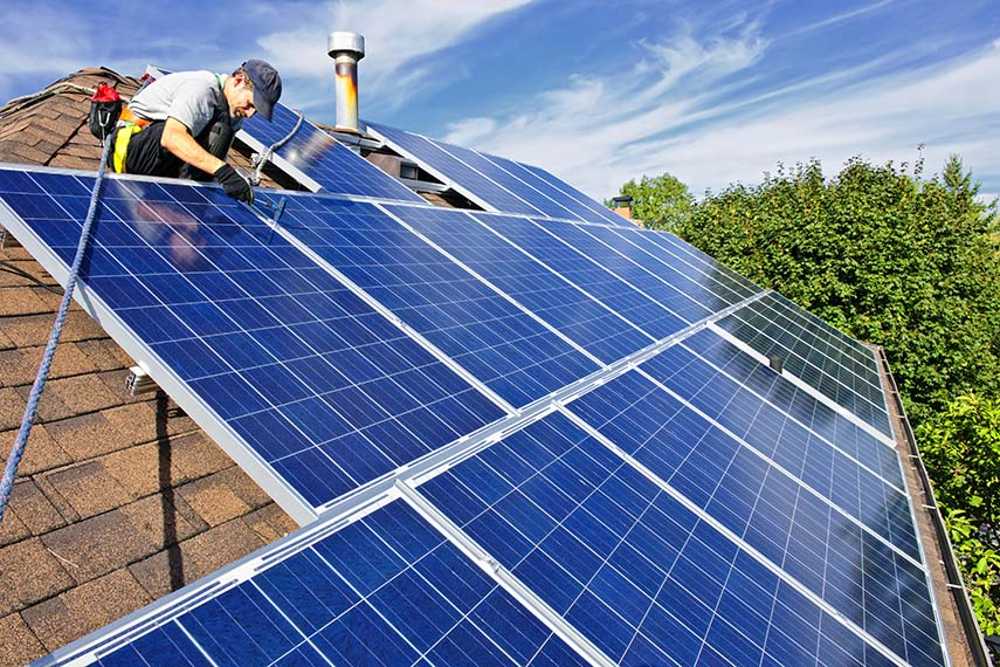The directive comes after being approved by the European Parliament last month with 370 favorable votes. This directive, part of the Fit for 55 reform package, introduces stricter energy requirements for buildings, making them "solar-ready" and putting an end to the use of gas boilers.
What are the macro-objectives?
The objectives of the directive include incentivizing the energy retrofitting of private and public buildings across Europe to reduce energy consumption and CO2 emissions. Member states may request exemptions, and energy efficiency will no longer be assessed through energy certifications but through specific average targets for each country. By 2050, the goal is to achieve climate neutrality, with 55% of energy consumption reduction coming from the renovation of less efficient buildings.






